The number of registered
animals is growing every day
Published: Oct 21, 2024
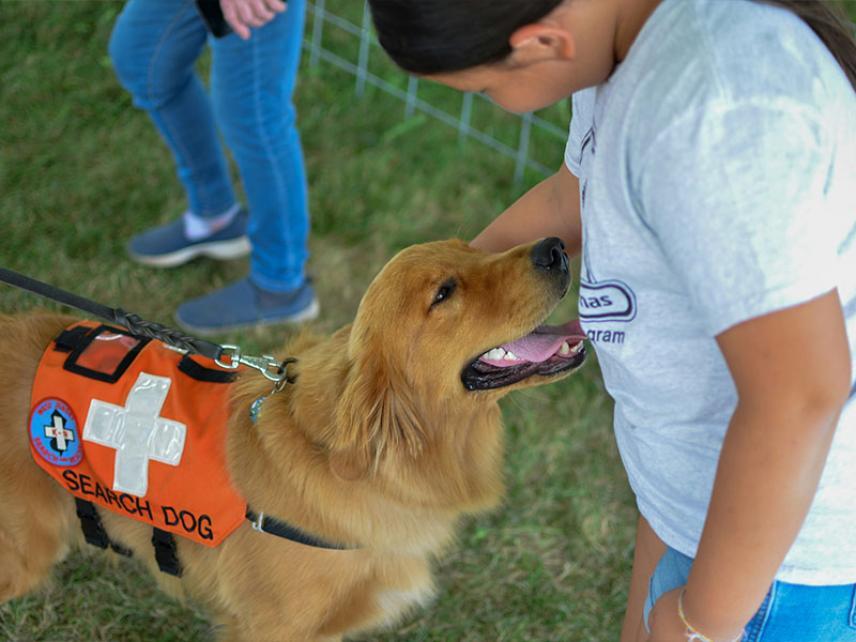
A dog is not only – as the old and well-known saying goes – man's best friend. In many situations, they are also companions, protectors, and support, playing important roles while working in the service of humanity. Dogs can easily take on demanding tasks, made possible by specialized training. In which professions do dogs most commonly work? What are their duties, and why are they so well-suited to assist humans in certain circumstances?
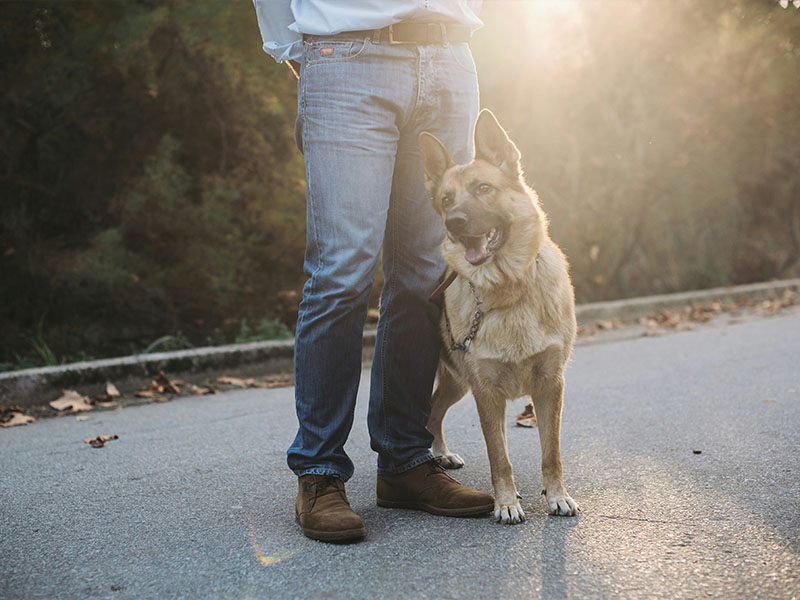
Companion dogs are undoubtedly among the best friends of people with mobility limitations. It's challenging to train every dog in the same way and teach them all the skills that may be useful in daily life. Therefore, the training and preparation of the dog are usually done individually, tailored to the owner's needs. Assistance dogs can, for example:
- Close and open doors
- Turn lights on or off
- Help with shopping
- Act as a guide dog when assisting a blind or visually impaired person in crossing the street
- React in case of alarming medical symptoms by barking and attracting attention to their injured owner
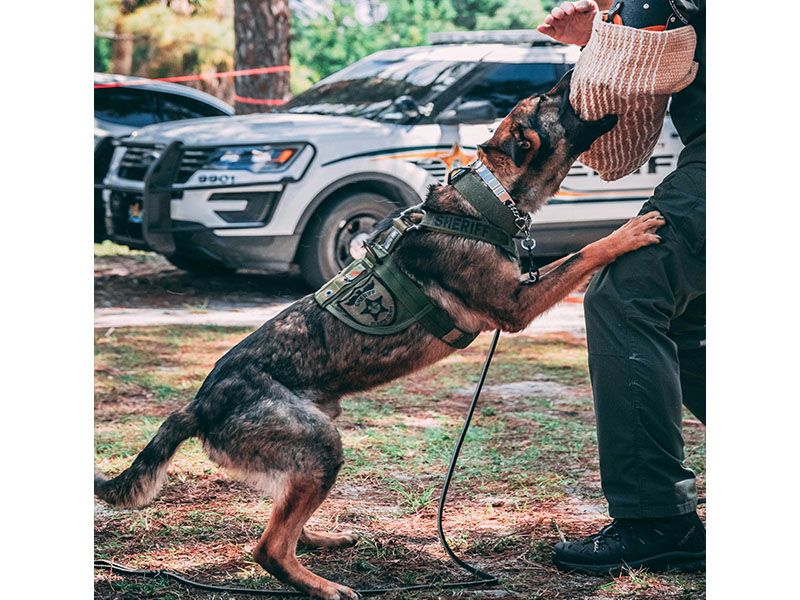
It has long been known how essential police dogs are. Their exceptionally keen and effective sense of smell is one of the qualities often used by the police for detecting drugs or finding evidence in specific cases. Police dogs are trained depending on the tasks they are assigned, such as searching for scent traces related to specific individuals, like criminals or their victims.
Customs service dogs are usually helpful in searching for and detecting illegal substances – not only drugs but also cigarettes that may be smuggled in quantities exceeding legal limits. The human and dog in customs service form a team. Dogs enjoy working with their handlers, which is why Labradors, German Shepherds, and even Poodles, which might surprise some dog lovers, are most commonly trained for these tasks.
Where do rescue dogs most often serve? They may accompany rescue services in the mountains, during various natural disasters like avalanches, and when locating people or human remains in rubble and building ruins. Depending on their training, dogs assist land and water rescue services, including search tasks where they follow the trail of tracked individuals.
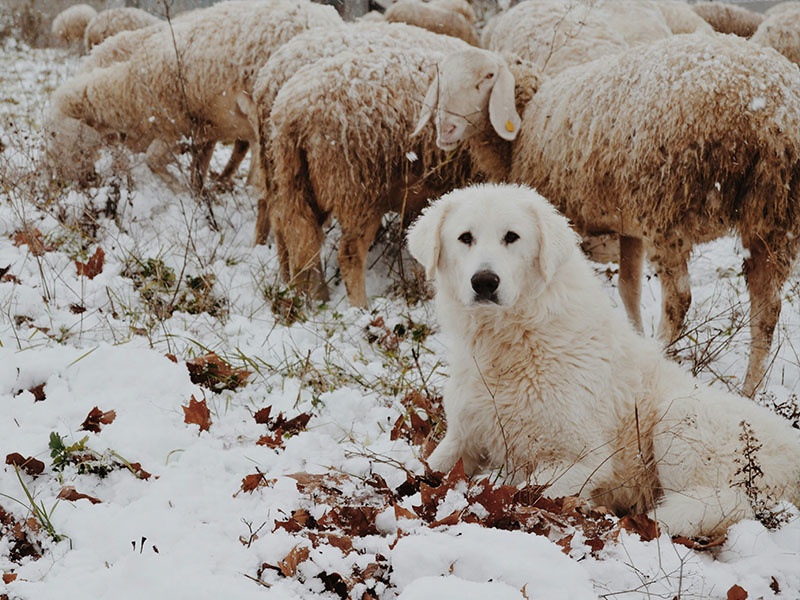
Guard dogs are true masters at deterring potential threats and intruders from entering the territory under their watch. A well-trained dog uses its keen hearing and sense of smell, remains constantly vigilant, and is capable of reacting and alerting the property owners about approaching strangers. Uninvited guests, hearing the dog's intense barking, receive a clear warning that they are not alone.
A herding dog has one primary task – guarding the livestock. They are usually found in rural, field, or mountainous areas, where they herd livestock while also protecting them from natural threats such as wild animals like foxes, bears, or wolves.
Therapy dogs are four-legged companions that participate in individual or group therapy for people with various health issues. It has been proven that they have a significant impact on people, improving their well-being, reducing stress, frustration, and nervousness. With their empathy, willingness to take on tasks, genuine dedication, and unconditional acceptance of humans, they help people relax more quickly, thereby encouraging effective interaction during rehabilitation. Therapy dogs are used by individuals with mobility issues, speech impediments, and social barriers in interpersonal relationships. Due to the changing work environment, a therapy dog needs more frequent visits to the veterinarian to maintain good health, ensuring a longer service to humans.
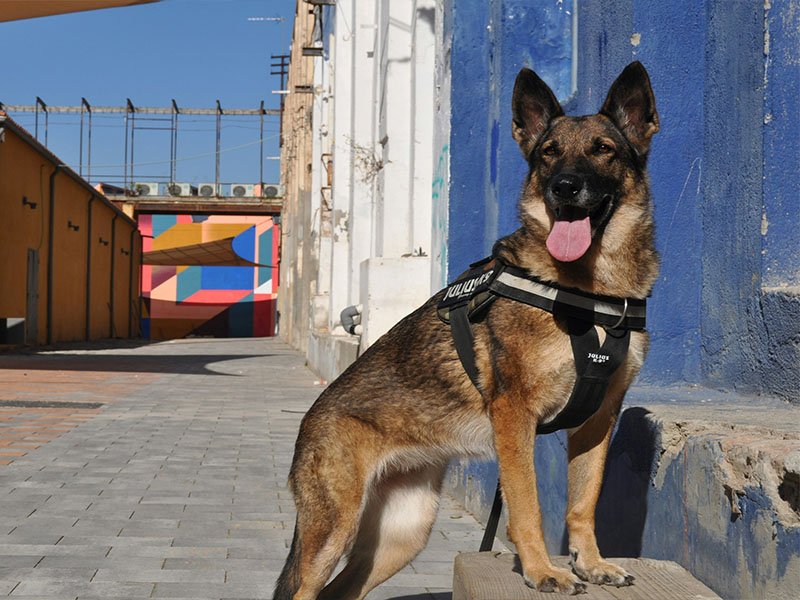
Working dogs are typically trained from their first months of life to properly orient them toward their tasks and manage their temperament. Older dogs are not necessarily suitable for any of the roles mentioned above, as they may have issues fully committing to their duties due to past experiences. Dogs with aggressive behaviors, territorial instincts, and uncontrolled reactions are also not suitable for working with humans.
Remember that your four-legged friend, regardless of their level of training, is prepared for specific tasks, so they may react differently in other situations! Do not forget that a dog remains a dog! To avoid losing your loyal, helpful, and valuable companion, consider having your dog microchipped, which is completely safe and very important. Dog microchipping is about caring for a friend who cares for you! Visit the registered dog database and register your dog so that if needed, the finder can contact you and let you know where your four-legged companion is waiting for you.
Dogs perform various roles, such as assistance dogs for people with disabilities, police dogs, rescue dogs, guard dogs, herding dogs, and therapy dogs. Through specialized training, they can help in daily life, save human lives, or improve well-being.
Dogs with aggressive behavior, strong territorial instincts, or difficulty controlling reactions are not suitable for work. Age is also a factor—older dogs may struggle to adapt to new roles.
Microchipping enables the quick location of a dog in case it goes missing. This is especially important for working dogs, which may find themselves in various situations while performing their duties.



Marking animals with a microchip is the most durable, effective and completely safe method of quick and reliable identification. Every transponder (chip) has a unique number which enables instant identification of the animal and its owner, helping them reunite faster. However, it is important to remember that a chip is just a transponder with an encoded number. It is not a tracking device and contains no data about the animal or the owner! Therefore, in order to identify a chipped dog or cat, it is necessary that a microchip be registered in a national marked animal database...
Read moreIn today's world, responsibility for animal care has become not only a priority for their owners but also a societal issue. One of the most important tools in ensuring animal safety is the chip database. It allows for the quick and efficient recovery of lost pets, which is crucial for protecting their health and well-being.
The introduction of microchipping has significantly improved the effectiveness of efforts to locate lost animals, reducing stress for both owners and their four-legged friends. Registration in the chip database is increasingly required by local regulations, further highlighting the importance of this technology in ensuring comprehensive care for animals.